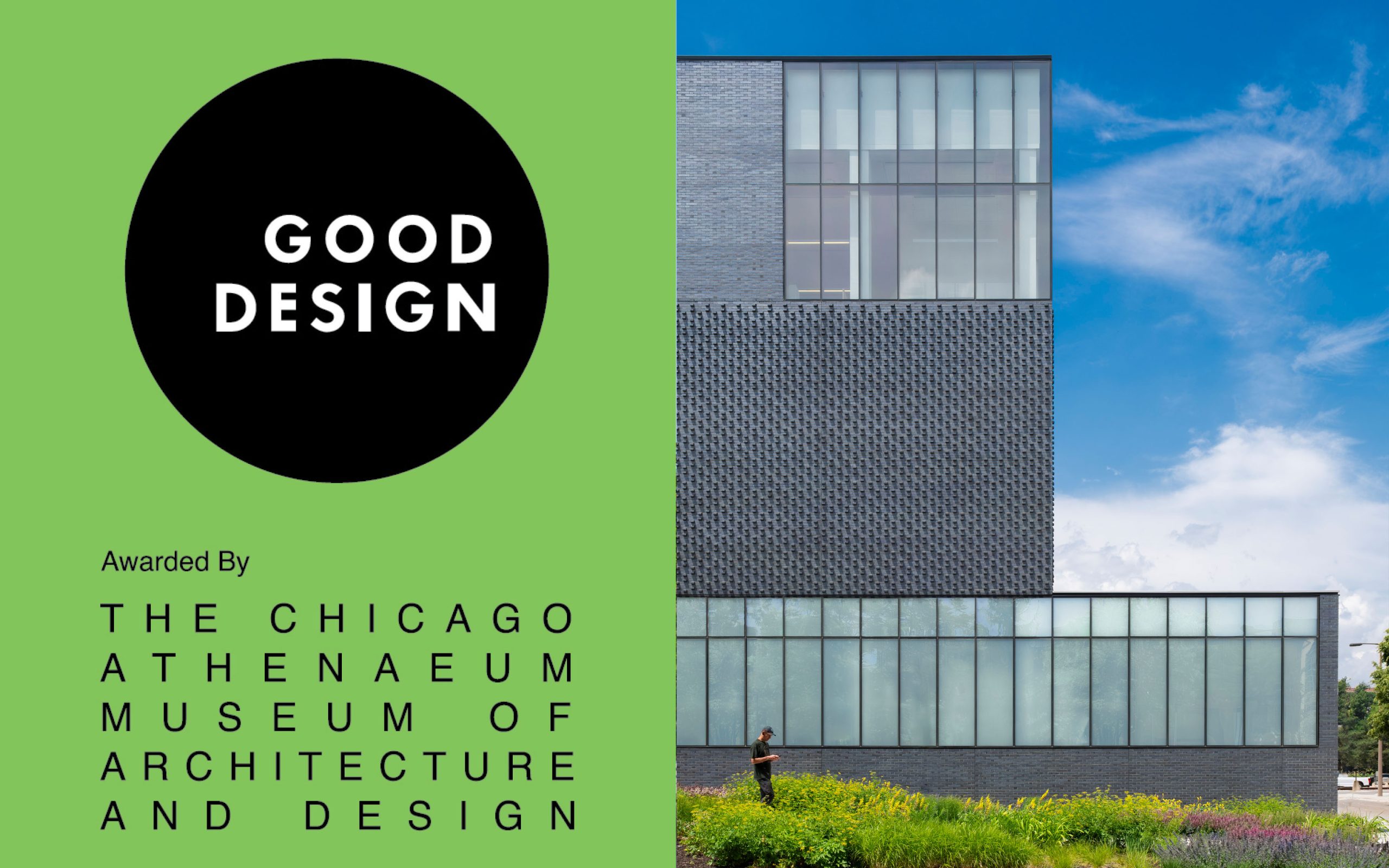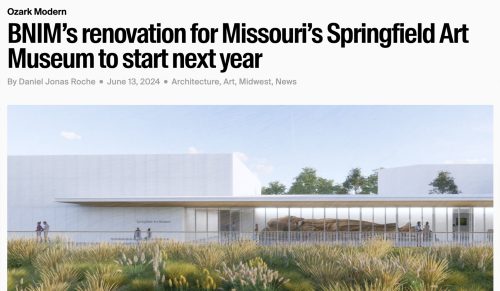Spotlight

University of Iowa Stanley Museum of Art – 2024 Green Good Design Award
The University of Iowa Stanley Museum of Art has been recognized among leading international design projects with a 2024 Green GOOD DESIGN Award from The European Centre for Architecture Art Design and Urban Studies and The Chicago Athenaeum: Museum of Architecture and Design. The Green GOOD DESIGN Award recognizes architecture, landscape architecture, urban planning, product, packaging, and graphic design projects that are outstanding examples of Green Design and advancing a sustainable environment worldwide.
The University of Iowa Stanley Museum of Art establishes a new cultural arts destination that returns a state-of-the-art and resilient home to the museum’s extensive and world-renowned collection for the first time in 14 years. When historic flooding of the Iowa River impacted The University of Iowa campus in 2008, the University’s art museum was left without a permanent home on campus. The museum envisioned a new destination on campus that would serve as a reimagined library and laboratory for the arts and support its mission in encouraging transformative encounters with works of art and contemplation of the human story.
Resiliency was also of utmost importance in the design of the Stanley Museum of Art. The museum is elevated above the 500-year flood plain and equipped to maintain its temperature and humidity band necessary for the conservation environment for a minimum of 72 hours in a flooding event. The open-air sub-grade parking structure beneath the museum was also designed with passive flood resiliency in its ability to serve as an overflow basin, reducing hydrostatic pressure and protecting the museum and surrounding area. The design team also provided oversight in the development of and authored a report for the University’s emergency response plan.
Ninety five percent of the project landscape is provided with native and adaptive species. This landscape solution creates a beautiful site amenity and biodiversity throughout the seasons, requires no potable irrigation, manages stormwater quality and quantity control, and provides a habitat for regional fauna and pollinators.
Energy use intensity (EUI) is 35% below the code baseline for the Stanley Museum of Art. A heat recovery chiller is the single strongest systems-based energy strategy, responsible for approximately 60% of the captured savings; delivering “waste heat” from the chiller to provide the necessary reheat to maintain constant temperature and humidity settings necessary for the art conservation environment. Lighting power density is 36% below the code baseline. The Stanley Museum of Art also achieves a 48% reduction in embodied carbon relative to the baseline in support of a holistic, low-carbon approach.

